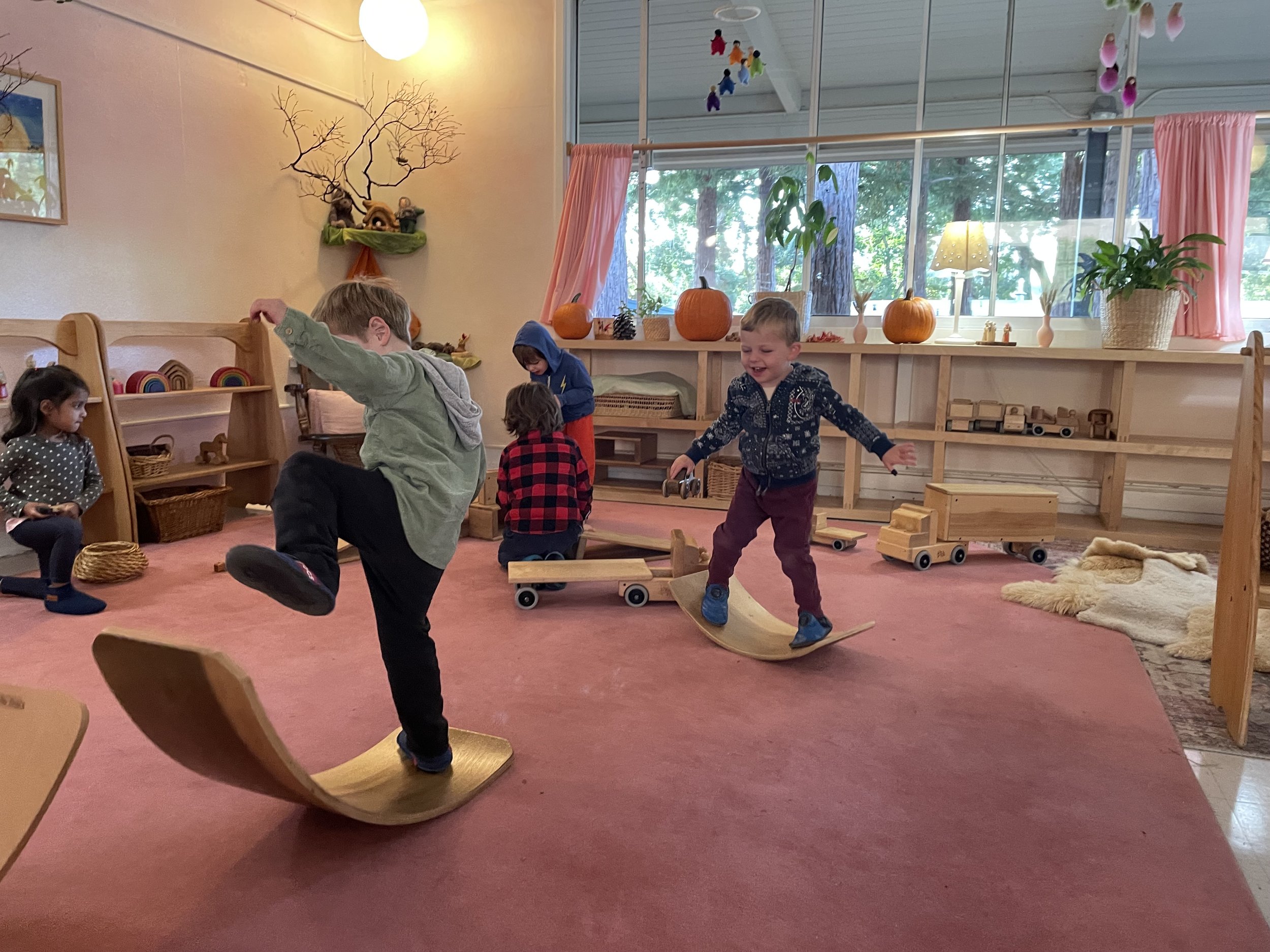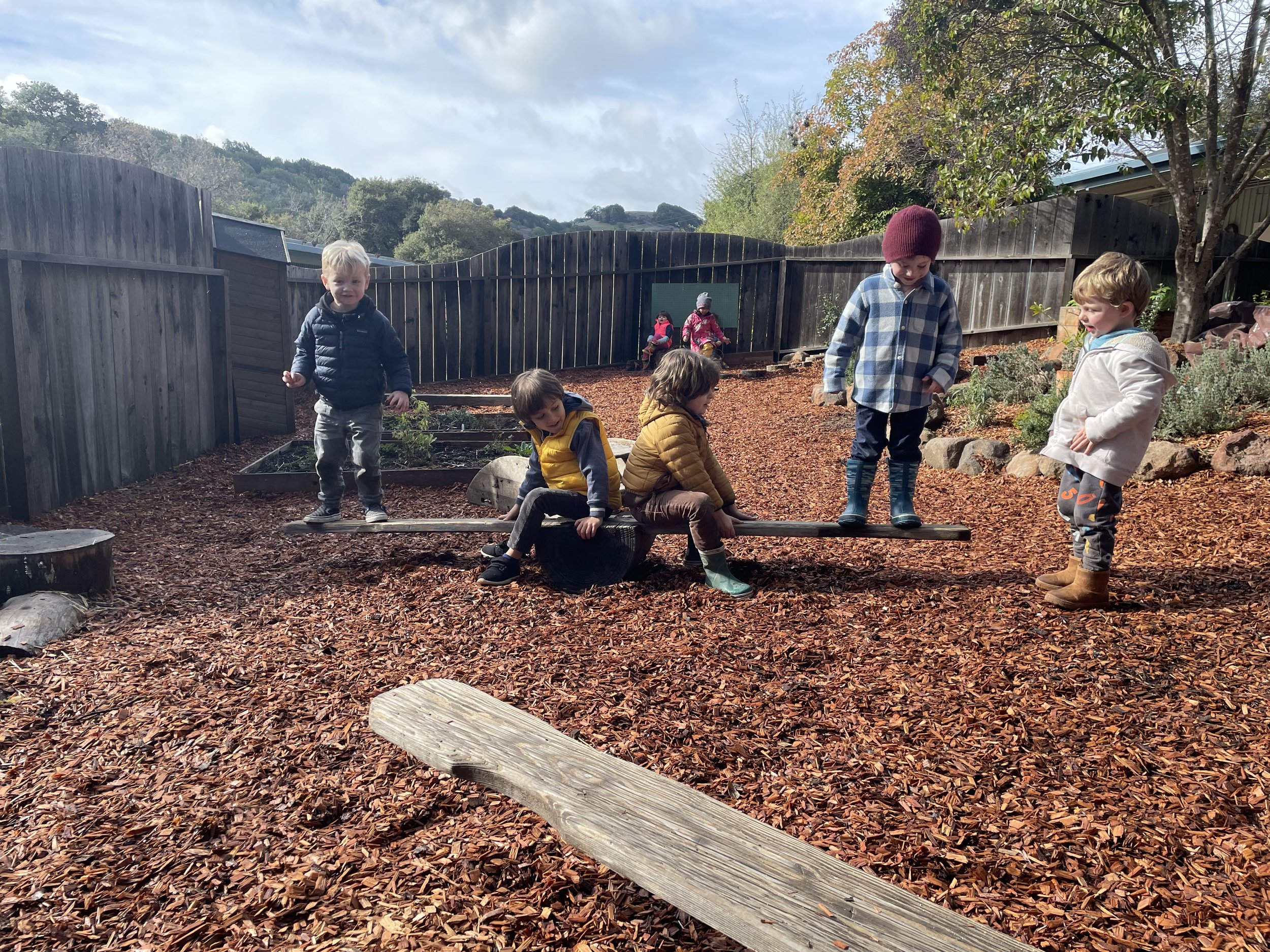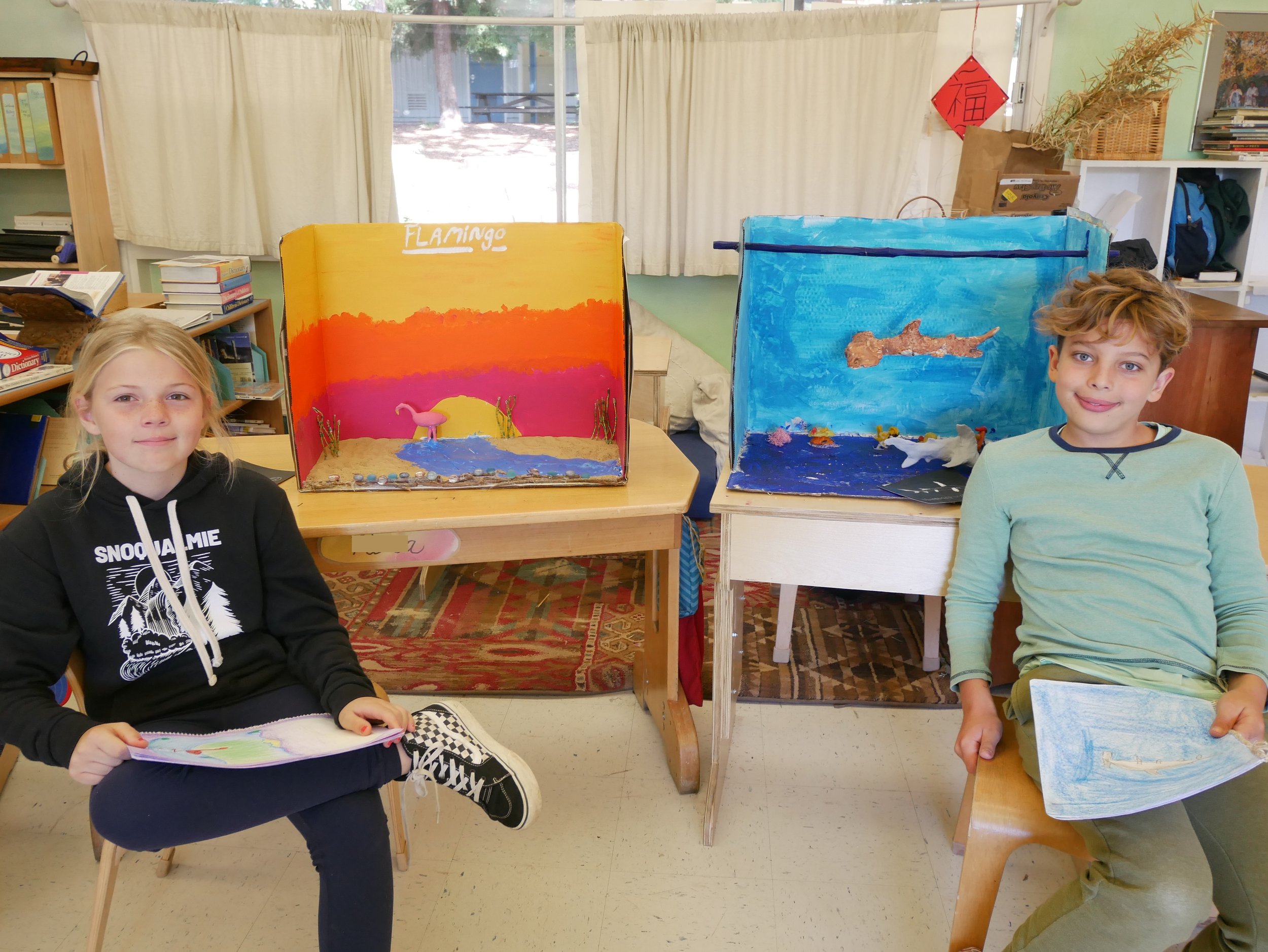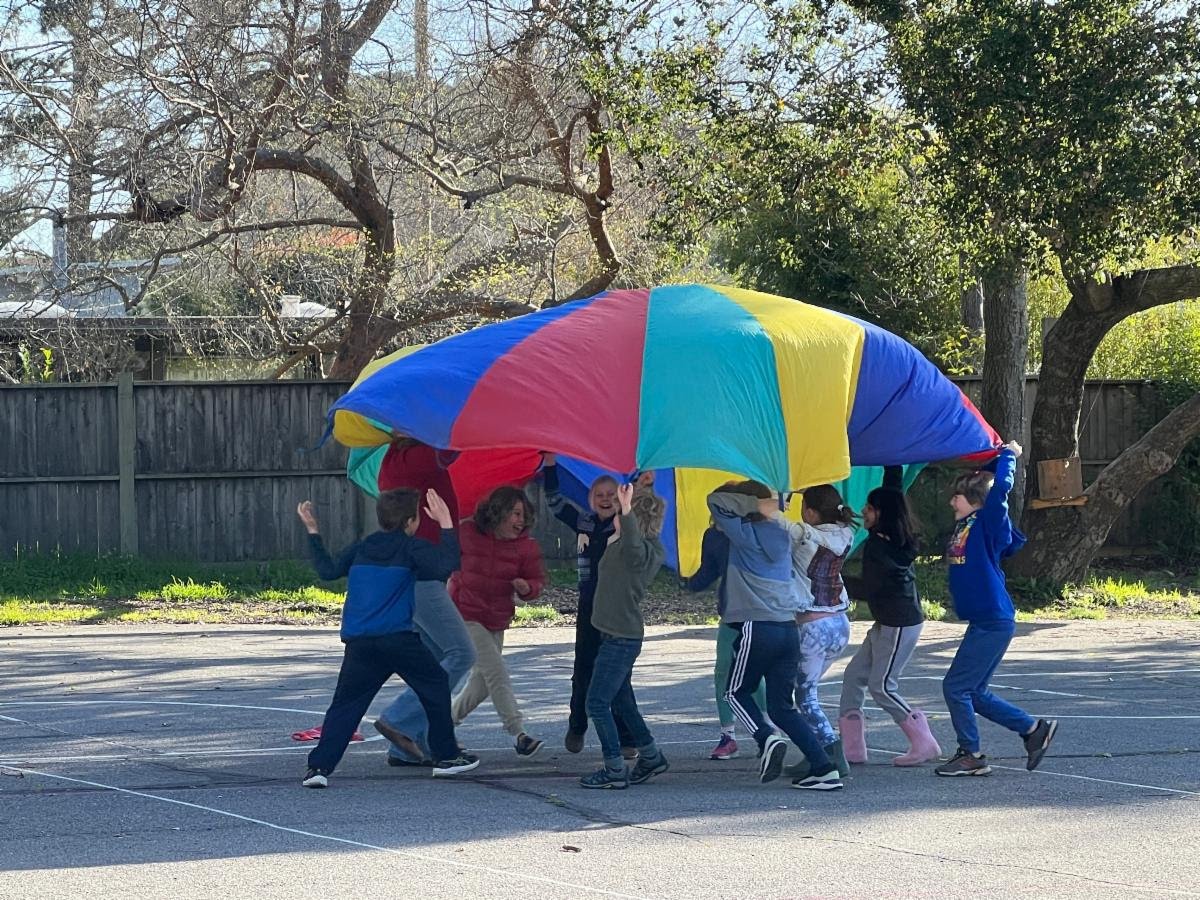Learning to Think Like a Scientist
How Marin Waldorf School teaches science in elementary and middle school
When two preschoolers climb onto a seesaw, they quickly figure out how to tip the beam from one side to the other, shifting their weight to make it go faster or slower with their movements. It’s play, but it’s also a demonstration of a natural human intuition about how the world works—in this case, what’s described in physics as a lever, a simple tool with a beam and fulcrum that can be used for leverage of heavy loads.
At Marin Waldorf School, our youngest students are engaged science learners—whether they know it or not! Through time outdoors, through songs and structured activities, and—most importantly—through play, our preschool and kindergarten students are building the capacities they’ll need to excel in STEM in elementary school, middle school, and beyond. (Click here to read more about the incredible cognitive, emotional, social, and physical benefits of imaginative play!)
Grades 1-5
In the Waldorf elementary school classrooms, teachers approach science education with the same spirit of imagination and discovery we see in the young child. While teachers bring scientific lessons to the class, science isn’t confined to the classroom, but taught through rich multidisciplinary learning experiences. From zoology to geology, students are guided in observing natural phenomena, evaluating what they are observing, and learning to draw conclusions about their experience.
Hands-on and experiential learning is key to the MWS science curriculum in the early grades. During their study of agriculture and ecology, 3rd graders mix clippings, manure, and straw to make compost in the school’s biodynamic garden, giving them a real-world understanding of the carbon cycle. During their study of the animal kingdom, 4th graders use clay to sculpt an animal’s body, gaining a hands-on understanding of anatomy and function. Even playing a wind or stringed instrument—which all our students begin in 4th grade—is a way to understand acoustics.
Grades 6-8
In our middle school classrooms, where 6th, 7th, and 8th graders explore complex topics in chemistry, physics, physiology, biology, and geology, science instruction begins with observation, using what is known as a phenomenological approach. In a phenomenological approach, students aren’t introduced to scientific principles through lectures and reading. Instead, a lesson begins with experiment, observation, and hypothesis.
Here’s a video of then-7th grade teacher Ms. Terziev performing a simple experiment in combustion called “The Flaming Jug.” Ms. Terziev did not explain the demonstration or its purpose before she began. She asked her students to watch carefully, in silence.
After watching the experiment, students brought their questions and theories to the group, inspiring both curiosity and critical thinking in the classroom. When they'd finished the discussion, Ms. Terziev explained states of matter and what caused the rapid combustion inside the bottle. In this way, students learn the concept behind a phenomena after observing it and drawing their own conclusions.
By encouraging children to observe, to use their senses, and to discover through experience, we encourage them to approach problems in science like scientists. The result is students who know how to use original thinking, imagination, enthusiasm, and problem solving in their approach to science—and bring these skills to any advance-level discipline.
Integrating Art (or STEAM)
Art is integrated into every discipline in the Waldorf curriculum, including science. Why? Across disciplines, art helps students build a personal connection to the material they are studying, it helps boost retention of material over time, and it promotes innovation and creative thinking.
Creative thinking is essential to advanced-level science. In fact, many education researchers and technology innovators have now advocate for the inclusion of an “A” for “art” in the popular acronym STEM (science, technology, engineering, and math), underscoring the importance of creative thinking to these disciplines.
Art also supports the close observation and attention to detail that are required in advanced-level science. In fact, observing a lit candle—noting the details like the change in color of the flame —is an essential activity in the 7th grade combustion block










